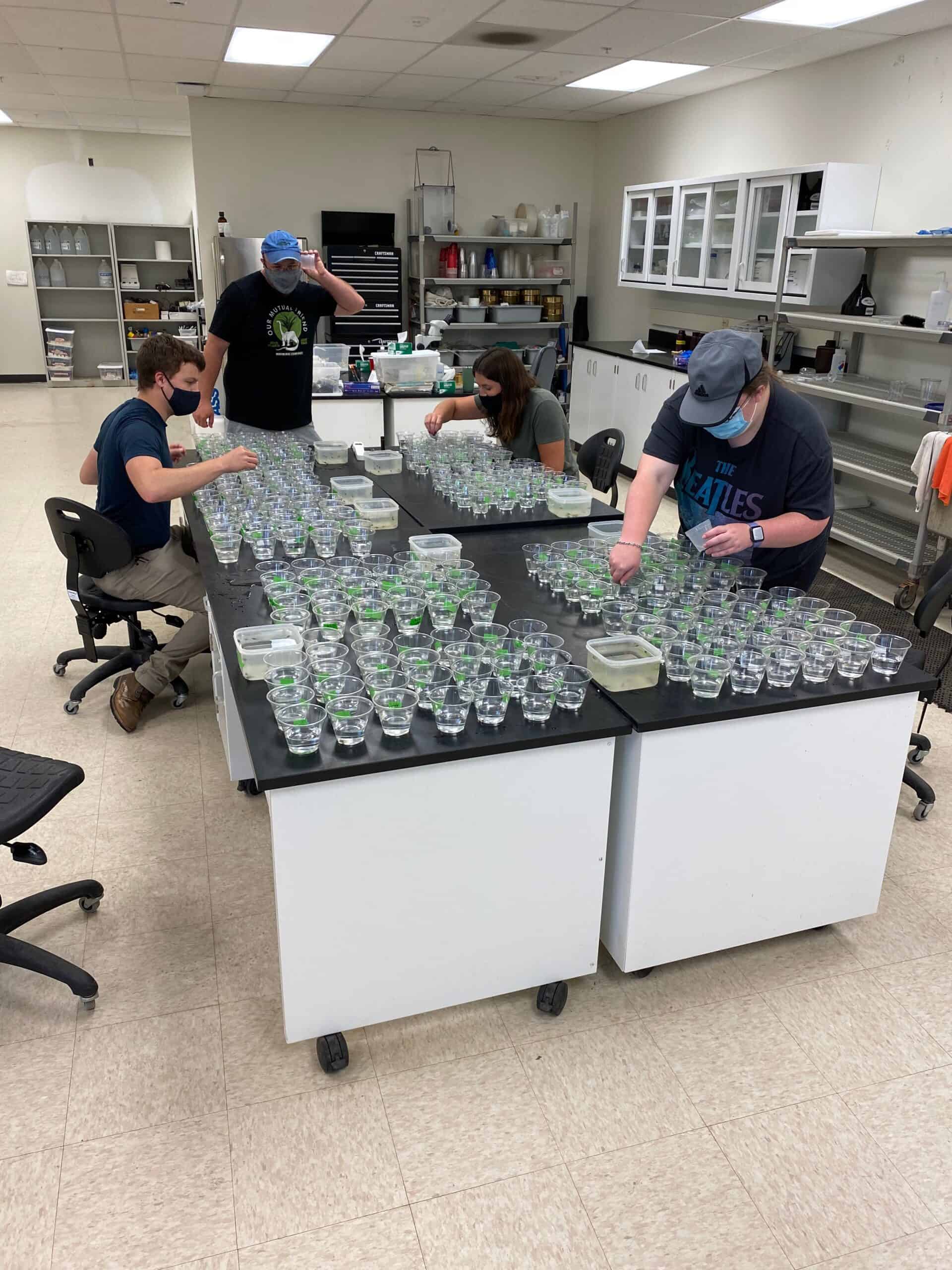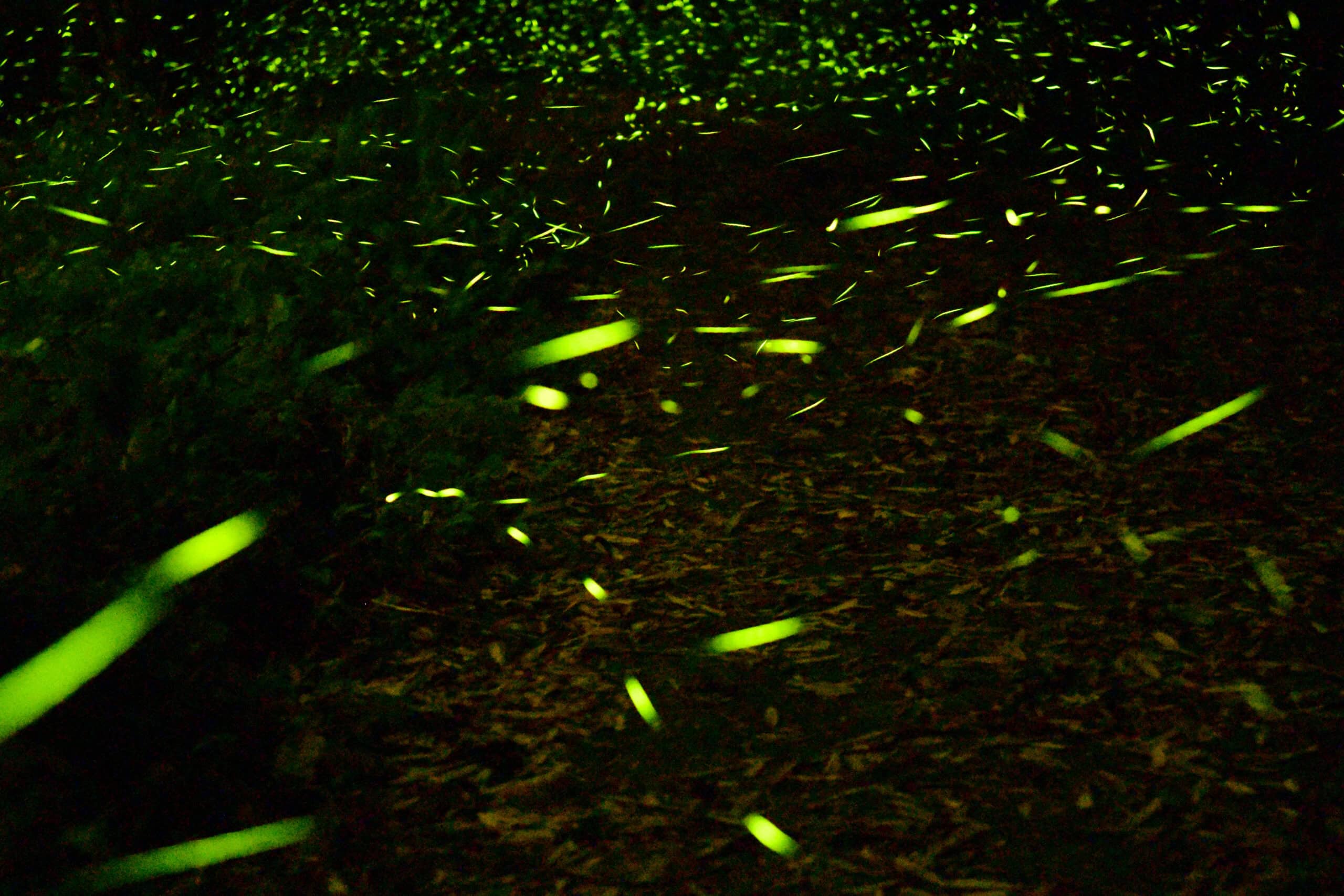Share this article
Wildlife Featured in this article
- Wood frog
Frogs adapt to salty conditions from de-icing
But if salt content gets higher, they won’t be able to keep up
Some wood frogs are evolving to live longer in high salt conditions due to road salt applications in eastern New York.
Road salt, made up of the same chemical we use in our table salt, has been used to melt ice and snow on roads in the United States to mitigate traffic accidents for about 80 years. Recent research has shown that it can wash into wetlands, stunt the growth of animals and even cause frogs to change their sex.
Rick Relyea, a senior endowed chair of biological sciences at Rensselaer Polytechnic Institute, had been studying the effects of road salts on aquatic plants and animals for 10 years in New York. He specifically wondered whether wetlands were getting saltier from winter road salt applications, since they are much shallower and have less outflow than lakes. “The salt doesn’t go anywhere, and we know it doesn’t break down,” he said. “It doesn’t get used very much by organisms. So it just accumulates.”
Relyea and his colleagues found that some wetlands had very low salt concentrations. But other wetlands had salt concentrations that were 200 times higher. “The next thing we wanted to know was, can anyone live there?” he said. “And the answer was, surprisingly, ‘yes.’ Frogs still lay their eggs in these wetlands.”
Relyea led a study published in Ecology and Evolution looking at how tolerant wood frogs were to salt when they were taken from areas of high and low salt concentrations. Relyea and his team also knew that frogs stay faithful to the sites where they’re born, so they wondered if frogs in salty areas were developing evolutionary traits that allowed them to persist there.
To conduct the study, Relyea and his team collected eggs from nine different populations during the spring from areas of different salt concentrations in eastern New York. “Wood frogs are really handy for this kind of experiment because they lay their eggs in the spring, and all the wood frogs in this region lay their eggs the same week,” Relyea said. “So you have an opportunity to get everyone who’s the same age, the same size, etc.”
After the eggs hatched into tadpoles, the researchers put them into containers that either had no salt or concentrations of salt that could probably kill them. The tadpoles all survived in the water without salt. When tadpoles originating from areas with less salt were put in the salty water, they didn’t make it. But when tadpoles that had already lived in salty conditions were placed in the salty water, they survived.
“If you look at the population that came from the low-salt wetlands, they’re almost dead in 40 hours,” he said. However, only 10% of the tadpoles from high-salt wetlands died after 40 hours in salty conditions. “That population is fundamentally way more tolerant than the other eight populations.”
Relyea said this suggests the frogs are evolving to handle saltier water. But if water gets above a certain concentration, they won’t be able to continue to survive, he said.
“Eventually, you’re going to get to a salt level that’s too much for them to adapt to,” he said. “This sort of evolution can buy us some time until we start reducing the amount of salt that we’ve put out in the environment.”
The good news is that many communities are already reducing salt output without compromising road safety by getting smarter about where they apply road salt and how much they use. They are also pretreating roads before snowstorms, so they don’t need to use as much after, and they are using newer generations of snowplows that are better at removing snow.
“It saves taxpayers money. It saves these towns money. And it saves the environment,” Relyea said. “So we have a win-win for everybody.”
Header Image: Scientists conducted an experiment to see how different wood frog tadpoles responded to salty conditions indicative of road salt accumulation. Credit: Rensselaer Polytechnic Institute








